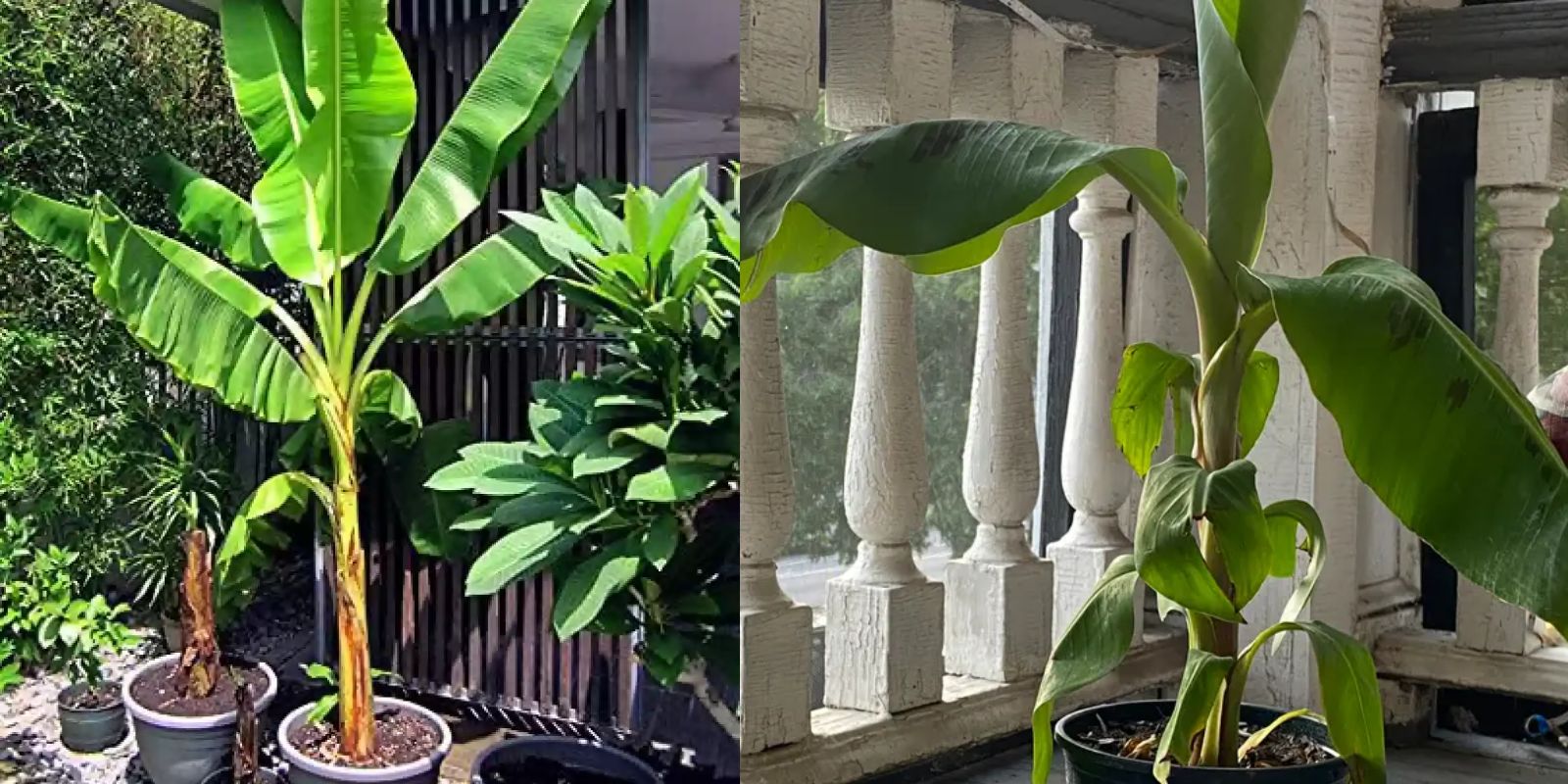Introduction
Bananas are one of the most versatile and widely consumed fruits globally, offering rich nutrients and a delicious flavor. Growing banana plants in your backyard or containers is not only satisfying but also an opportunity to bring the tropics right to your home. Whether you’re an experienced gardener or a beginner, learning how to grow banana plants effectively and maximize their harvest is achievable with the right techniques. This guide provides you with everything you need to know, from choosing the right variety to harvesting your bananas.
Understanding Banana Plants
Bananas are not trees but large herbs belonging to the genus Musa. They grow from a corm and produce leaves that form a pseudostem, which supports the banana fruit. Knowing this distinction helps in understanding their growth cycle and care needs.
Step 1: Choose the Right Variety
The first step to success is selecting the right banana variety suited to your climate and space. Some popular options include:
- Cavendish Bananas: Perfect for most climates and popular in home gardens.
- Dwarf Varieties: Ideal for small spaces and container gardening.
- Red Bananas: A sweeter and more exotic option.
- Plantains: Best for cooking and savory dishes.
Tip: Check the hardiness zone of your area to match the variety that thrives best.
Step 2: Find the Ideal Location
Bananas need plenty of sunlight and protection from strong winds. Choose a spot in your garden that gets 6–8 hours of direct sunlight daily. Windbreaks or planting near a wall can prevent damage to the large leaves.
Step 3: Prepare the Soil
Banana plants prefer well-draining, loamy soil rich in organic matter. The ideal pH is between 5.5 and 7.0. Enhance the soil quality by adding compost, aged manure, or peat moss to ensure it retains moisture without becoming waterlogged.
Step 4: Planting the Banana Sucker
Bananas are typically propagated from suckers (offshoots) that grow from the mother plant. Here’s how to plant them:
- Dig a hole 6–8 inches deep and wide enough to accommodate the sucker’s roots.
- Place the sucker in the hole, ensuring the roots are spread out evenly.
- Backfill with soil and gently press down to eliminate air pockets.
- Water thoroughly after planting.
Spacing: For optimal growth, space banana plants 8–10 feet apart to allow for airflow and avoid competition for nutrients.
Step 5: Watering and Moisture Management
Banana plants are thirsty and require consistent moisture to thrive. Keep the soil evenly moist but not soggy. Overwatering can lead to root rot, while underwatering will stunt growth.
Tips for Watering:
- During hot weather, water 2–3 times a week.
- Mulch around the base to retain soil moisture and regulate temperature.
Step 6: Fertilize for Growth
Bananas are heavy feeders and require regular fertilization. Use organic fertilizers like compost, aged manure, or a balanced NPK (nitrogen, phosphorus, potassium) fertilizer. Potassium is particularly crucial for fruit production.
Fertilization Schedule:
- Apply fertilizer once a month during the growing season.
- Use a side-dressing of compost or manure for added nutrients.
Step 7: Mulching for Healthier Plants
Add a thick layer of organic mulch, such as straw, grass clippings, or shredded leaves, around the base of the plant. Mulching not only helps retain soil moisture but also suppresses weeds and improves soil structure over time.
Step 8: Prune and Manage Suckers
To focus the plant’s energy on fruit production, limit the number of suckers growing around the mother plant. Leave only 1–2 strong suckers, often called the “followers,” to replace the main plant after harvest.
Remove any dead or yellowing leaves to improve airflow and reduce the risk of pests or diseases.
Step 9: Protect Your Plants
Banana plants are vulnerable to pests like aphids, nematodes, and banana weevils. Regularly inspect your plants and use organic pest control methods, such as neem oil or insecticidal soap, to manage infestations.
Common Diseases:
- Panama Disease: Prevent by avoiding overwatering and ensuring proper drainage.
- Leaf Spot: Remove infected leaves and use a fungicide if necessary.
Step 10: Support the Plant
For taller varieties, the weight of the fruit can cause the pseudostem to bend or collapse. Use stakes or plant supports to keep the plant upright and prevent damage.
Step 11: Patience and Harvesting
Banana plants take 9–12 months to produce fruit, depending on the variety and growing conditions. Harvest bananas when they are full-sized and slightly green. They will ripen off the plant if needed.
Harvesting Tips:
- Cut the entire bunch using a sharp knife.
- Allow bananas to ripen at room temperature or hang the bunch in a cool, shady area.
Maximizing Your Banana Harvest
- Provide Consistent Care: Regular watering, feeding, and pruning are key.
- Prevent Nutrient Deficiency: Yellowing leaves can indicate a lack of nutrients. Adjust fertilization accordingly.
- Propagate New Plants: Use suckers from your existing plant to grow more banana plants for a larger harvest.
Conclusion
Growing banana plants is an incredibly rewarding experience. With the right care and attention, you can enjoy a bountiful harvest of fresh, sweet bananas from your own garden. Whether you’re growing them in the ground or containers, the techniques outlined in this guide will help you maximize your yield and ensure healthy, thriving plants.
🌴 Your turn to share! Have you tried growing bananas at home? Let us know your tips and tricks in the comments below!
Hashtags
#GrowBananas #TropicalGardening #HomegrownHarvest #BananaPlants #OrganicFarming #SustainableGardening #GreenThumb #UrbanGardening #BananaTips

